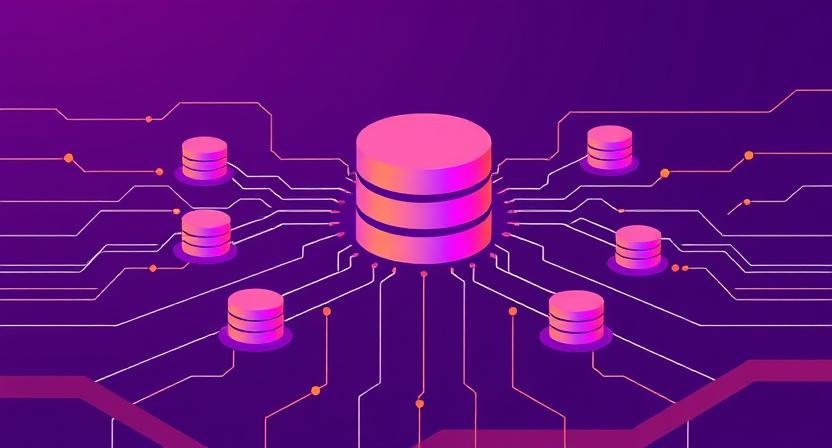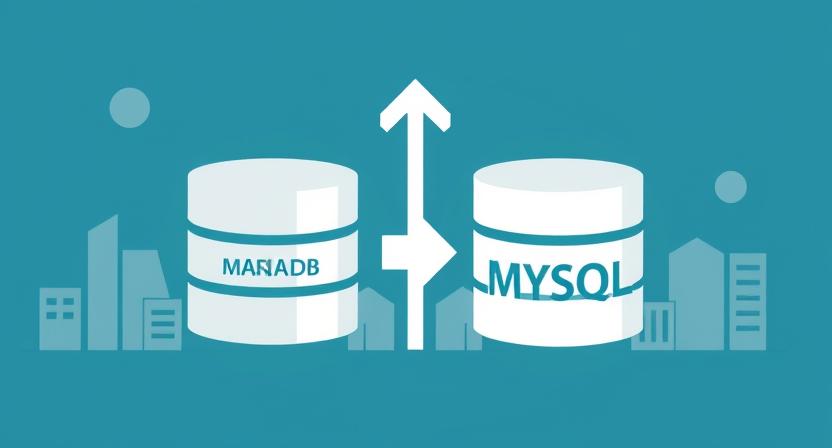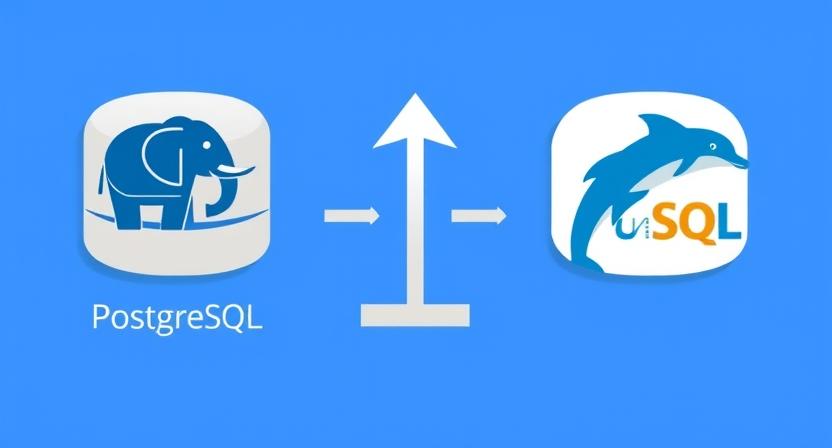As enterprise applications grow, databases often become the bottleneck that limits performance. Scaling databases for high-traffic environments requires a combination of architectural strategies and operational best practices to ensure availability, responsiveness, and reliability.
Replication
Database replication distributes queries across multiple nodes, improving read performance and availability. Read replicas reduce the load on the primary server while providing failover options in case of node failures.
Enterprises must monitor replication lag to ensure data consistency, especially in transactional systems where timely updates are critical.
Sharding
Sharding involves splitting large datasets across multiple databases to prevent a single server from becoming a bottleneck. Sharding can be horizontal (splitting rows) or vertical (splitting tables) and is crucial for massive-scale applications.
Proper sharding design considers query patterns, access frequency, and data relationships to maintain performance without adding unnecessary complexity.
Caching Strategies
Implementing caching at the database, application, or object level reduces repeated data retrieval operations, lowering latency and server load. Redis, Memcached, and application-level caches can dramatically improve performance for frequently accessed data.
Effective cache invalidation ensures users receive up-to-date information while still benefiting from faster response times.
Load Balancing and Connection Pooling
Distributing queries evenly across multiple database instances prevents hotspots and maximizes resource utilization. Connection pooling reduces overhead from establishing new database connections, improving overall throughput for high-concurrency workloads.
Enterprises should combine load balancing with monitoring to dynamically adjust traffic distribution based on server health and usage patterns.
Monitoring and Maintenance
Continuous monitoring of database performance, query times, resource utilization, and replication health is critical. Automated alerts and dashboards enable proactive maintenance and rapid response to performance degradation.
Regular schema optimization, index tuning, and query review ensure sustained performance as application traffic grows.
By combining replication, sharding, caching, load balancing, and ongoing monitoring, enterprises can scale databases to support millions of users while maintaining fast, reliable, and efficient operations.



